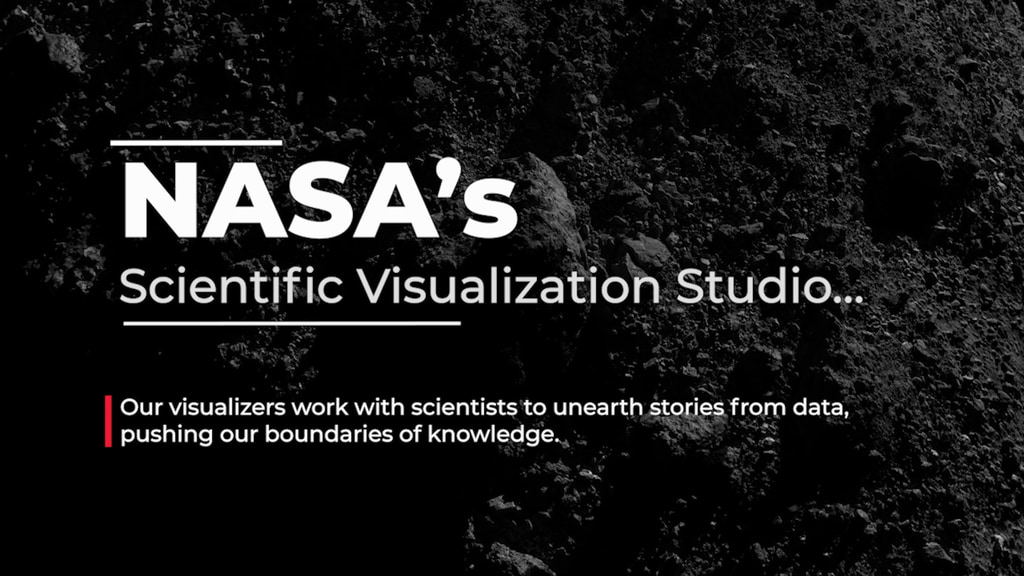South Atlantic Anomaly: 2015 through 2025
South Atlantic Anomaly from 2015 through 2025 showing the geomagnetic intensity at the Earth's surface and the core-mantle boundary. There are versions that include the dates and colorbars and versions without the date and colorbat.
This video is also available on our YouTube channel.
The bulk of Earth’s magnetic field originates deep within its core, at the boundary between the molten outer core and the solid mantle. The magnetic field extends past the surface into space and acts like a protective shield around the planet, repelling and trapping charged particles from the Sun. But over South America and the southern Atlantic ocean, an unusually weak spot in the field, called the South Atlantic Anomaly (SAA), allows these particles to dip much closer to the surface. Particle radiation in the SAA can knock out onboard computers and interfere with the data collection of satellites that pass through it.
The SAA creates no visible impacts on daily life on the surface, and its weakening magnetic intensity is still within the bounds of what scientists consider normal variation. However, recent observations and forecasts show that the region is expanding westward and continuing to weaken in intensity. Observational data from 2015-2020 found that the SAA has recently started to split from a single valley, or region of minimum field strength, into two cells; and models out to the year 2025 show the split continuing in the future, creating additional challenges for satellite missions.
NASA’s geomagnetic and geophysical research groups are using observations and models to monitor and predict future changes in the SAA and the rest of Earth’s geomagnetic field – helping prepare for future challenges to satellites and humans in space.

Geomagnetic intensity color bar with colors range from purple to gray to orange labeled low to high instead of using nanoteslas

Geomagnetic intensity color bar for the Earth's surface. Colors range from purple to gray to orange with a data range of 27300 to 82500 nanoteslas (nT)

Geomagnetic intensity color bar for the core-mantle boundary. Colors range from purple to gray to orange with a data range of 0 to 1000000 nanoteslas (nT)

Isoline bars that are mapped with the colorbar
Date overlay sequence from 2015 to 2025 with frame numbers that correspond to the other layers.
Credits
Please give credit for this item to:
NASA's Scientific Visualization Studio
-
Visualizer
- Greg Shirah (NASA/GSFC)
-
Scientists
- Weijia Kuang (NASA/GSFC)
- Andrew Tangborn (UMBC)
- Terence J. Sabaka (NASA/GSFC)
- Scott Luthcke (NASA/GSFC)
-
Writer
- Ellen T. Gray (ADNET Systems, Inc.)
-
Producer
- Jessica Merzdorf (Telophase)
-
Technical support
- Laurence Schuler (ADNET Systems, Inc.)
- Ian Jones (ADNET Systems, Inc.)
Release date
This page was originally published on Monday, August 17, 2020.
This page was last updated on Monday, January 6, 2025 at 12:18 AM EST.
Datasets used
-
GTOPO30 Topography and Bathymetry
ID: 274 -
BMNG (Blue Marble: Next Generation) [Terra and Aqua: MODIS]
ID: 508Credit: The Blue Marble data is courtesy of Reto Stockli (NASA/GSFC).
This dataset can be found at: http://earthobservatory.nasa.gov/Newsroom/BlueMarble/
See all pages that use this dataset -
CM6 geomagnetic field model and GEMS assimilation system
ID: 10852015-2019: global geomagnetic field made by CM6 from satellite and observatory magnetic data; 2020-2025: geomagnetic forecasts made by GEMS (Geomagnetic Ensemble Modeling System)
See all pages that use this dataset
Note: While we identify the data sets used on this page, we do not store any further details, nor the data sets themselves on our site.

![Music: "Now We Wait" by Kamal David Kamruddin [PRS]This video can be freely shared and downloaded. While the video in its entirety can be shared without permission, some individual imagery provided by pond5.com and Artbeats is obtained through permission and may not be excised or remixed in other products. Specific details on stock footage may be found here. For more information on NASA’s media guidelines, visit https://www.nasa.gov/multimedia/guidelines/index.html.Complete transcript available.](/vis/a010000/a013600/a013688/South_Atlantic_Anomaly_Still_2.jpg)